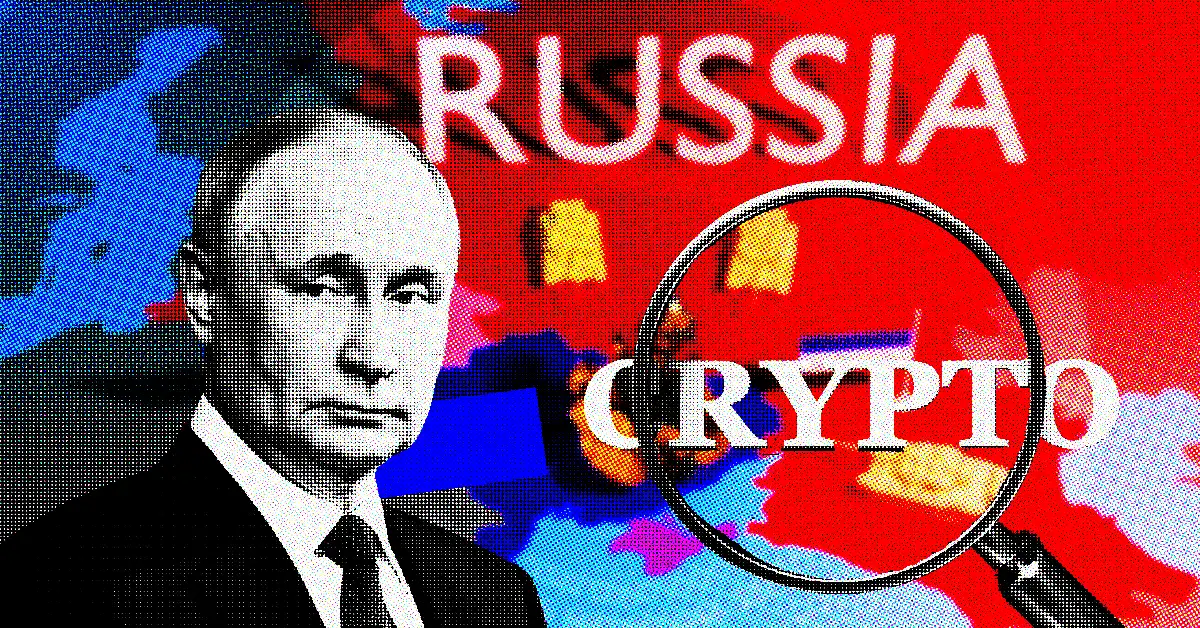When the Russian Central Bank announced it wouldn’t touch its 21% interest rate, it caught many off guard. People expected a hike—maybe to 22%, maybe even higher. But nope. They stuck to their guns. What’s going on here? Let’s dig into their reasoning, because it says a lot about how they’re managing the economy right now.
Why Keep It at 21%?
Central bank had three options on the table: leave the rate as-is, bump it to 22%, or go all the way to 23%. In the end, they chose stability. Governor Elvira Nabiullina explained the logic. She pointed to a slowdown in credit growth as a major factor. Basically, people aren’t borrowing as much. And Deputy Governor Alexei Zabotkin backed her up, saying the latest data shows the current rate is already doing its job. They’re playing a cautious game here. Raising rates further could hurt more than it helps.
High Rates: Necessary Evil or Overkill?
This is where things get tricky. No one likes high interest rates. They make loans expensive and slow down economic growth. But Nabiullina insists it’s worth it. Why? Because inflation is still a problem in Russia, and the economy needs to stay balanced.
She also acknowledged the criticism. “Yes, these rates are tough,” she admitted. But they’re also temporary. According to her, the policies put in place since mid-2023 are already making an impact. The key is patience. Inflation control isn’t an overnight thing, especially in an economy like Russia that is facing unique challenges.
If inflation doesn’t ease soon, though, the bank has a backup plan. Nabiullina calls it “Plan B,” which basically means sticking with the current approach for now, tweaking it if needed.
What About the Rouble?
Currency stability is another piece of this puzzle. The Central Bank is sticking with its floating exchange rate policy. This means the market decides the value of the rouble, not the bank.
Some worry this could weaken the currency. But Nabiullina isn’t too concerned. She argues that trade balances—how much Russia exports versus imports—matter more. And right now, there’s no reason to panic. The rouble is holding its own.
Central Bank’s View Towards Bitcoin
The Russian Central Bank has made a bold statement and crypto enthusiasts might not be happy with it. They made it clear that they don’t want Bitcoin or other cryptos used for domestic payments. They are ignoring crypto because they are concerned about risks and regulatory issues. Just a few days ago, a deputy proposed the creation of a Bitcoin reserve. This happened after President Putin expressed his support for Bitcoin. Russia is working for various crypto regulations to be used for foreign trades only.
What’s Next?
For now, it seems the Central Bank is focused on waiting things out. They’re betting that their current strategy will control inflation without stalling the economy. Will it work? Only time will tell. But one thing’s clear: they’re walking a tightrope, trying to balance growth, inflation, and currency stability all at once. An important thing to notice is that their stance is different from that of the nation’s President.








